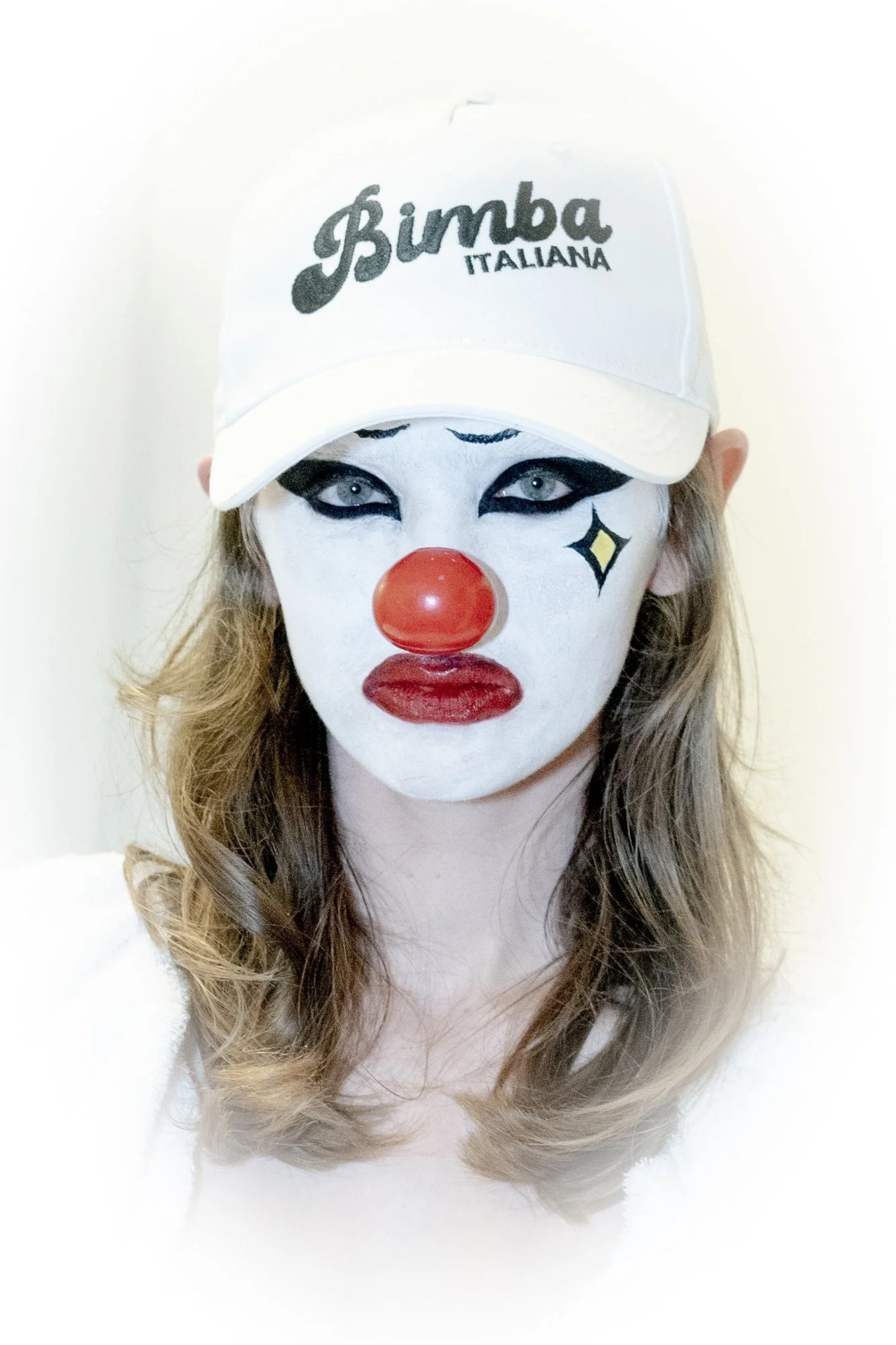HANA LEE
A future-thinking fashion designer from South Korea, Hana Lee is a 2024 CSM graduate who has combined the unlikely disciplines of nature's essences and mathematical beauty. Each design is carefully anchored by a blend of traditional techniques from Lee's background. These traditional embroidery or textile methods bridge her two disciplines and push the ecomodernist philosophy behind her designs. Most importantly, it carries tradition as we move into an increasingly digitised future, ensuring these mediums and techniques are carried forward. These decisions have resulted in sleek and elevated garments detailed with thermochromic embroidery or silver armour that grasp elegantly onto models' bodies. Most crucially, she is at the forefront of digital design, often creating or scanning in 3D looks to place them into the digital world, reminiscent of the near future depicted within Sci-Fi movies. In this interview, Hana discusses the design inspiration and techniques that are driving her forward.
Looking at your work I can see a clear visual identity that is created through this blend of futurism and fashion, what led you to this point?
I usually get inspiration for fashion from architecture. A building can be said to be a collection of art and futuristic mathematics. HANOK, Korea's traditional house, is a building that melts mathematical beauty with nature elements. Especially, traditional door “Chang-Ho(창호)” that allows the outside light and wind to pass inside and ventilate the air inside, has a dual meaning of door and window which means communication between two different side with transparent paper and geometric structure. With breathable material and geometric patterns that are abstract expressions of nature energy such as Sun, Stars, Flower and Water, the Chang-Ho means the interact of the two, no the disconnection inside and outside. I thought this part was an example of digital and physical communication, and I would like to incorporate this principle and shape into the collection.
Initailly, your work and technology can be compared to Iris Van Herpens design philiosophy, is she an inspiration for you?
Not really. Her works are more focused on 3D printing but I am more focused on merging between digital technology and nature elements. “TV Garden” (1974) by media artist Nam June Paik displays active TV sets alongside tropical live plants. Imagined a future landscape where technology is integral to the natural world. “TV Garden” also suggests that technology is not in conflict with nature but an extension of the human realm. And this is my main inspiration.
In your graduating collection, there was this presence of bodily armour created through modern 3D printing techniques. What first attracted you to 3D printing as a technique and art form?
As working as a CLO 3D fashion designer, I wanted to try to make the bridge between digital fashion and physical fashion together. And 3D printing was the answer of it. From designing to making, I can use digital development, which is a zero waste process and I think it is the power of the digital fashion process.
I found your application of thermochromatic embroidery fascinating. How does this merging of traditional craftsmanship with futuristic elements occur elsewhere within your work?
I would like to get the power of my digital skillset like a warrior with my own armour on the battlefield. In Particular, bio-inspired armour (https://www.nature.com/articles/s41467-019-13215-0) to defend joints is my main inspiration. An armour that protects the body from any harm of weapons and at the same time, it seems to be pretty efficient at combining flexibility with protection against lacerations. As re-analysing the form to better fit a female body, especially to express unrestrained communication with my virtual movement, I would like to express my design movement and interact with the digital world. So I collaborated with a computer engineer who built an Arduino chip and it can capture my movement and then they can send the signal to my dress. I tried to create a ‘real’ connection between physical movement and digital reaction.
After graduating from MA fashion design where you want to be lead to now, would you stay in the physical world or pursue digital fashion further?
Having to work with CLO 3D in fashion design, I believe that 3D technology is absolutely the future of sustainability. The core of my design process involves a lot of digital development with zero-waste. Even though I can save a small amount of paper and calico for this process, I believe this process is important because if many fashion industries accept virtual fitting and pattern development, we can reduce unnecessary processes and create a more sustainable fashion industry. I would like to try to constantly explore the technology for humans by sublimating the technology into fashion.
In what way would you like your design to inspire the industry in the future?
My collection echoes the commitment to harmonising digital and nature together, both inspiration and process, ready to be admired in both its physical and digital essence. Through this imagination and ambition of my desirable future, I would like to reiterate that digital and future technologies must co-exist with nature and be harmonious without harming each other.
What to read next














